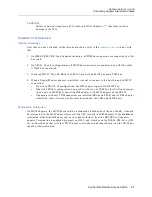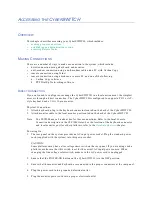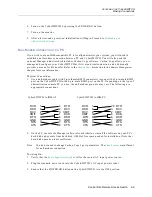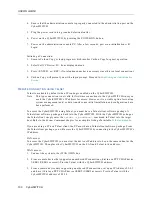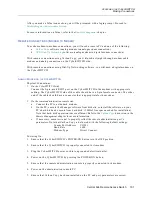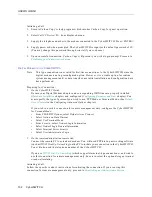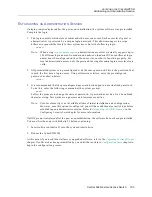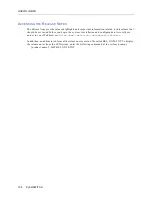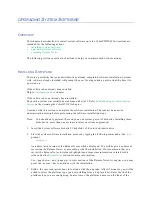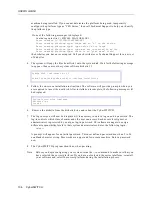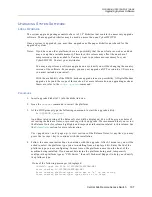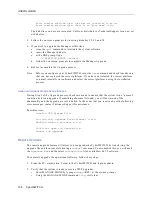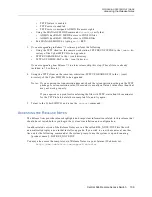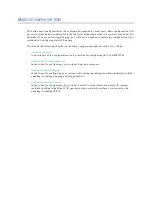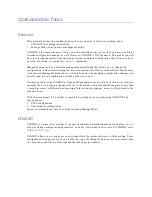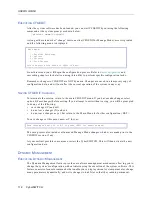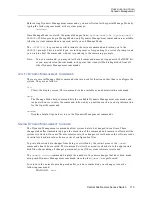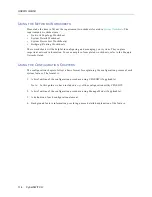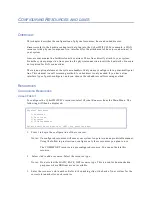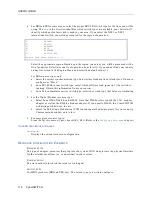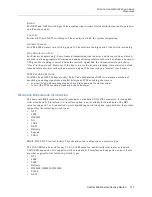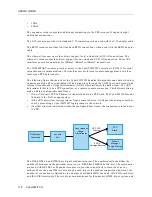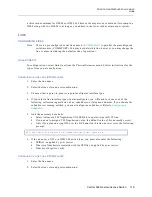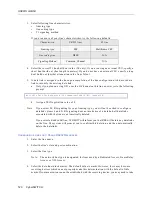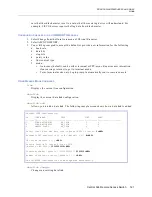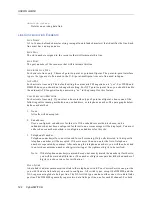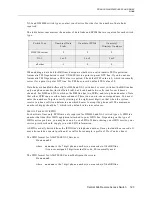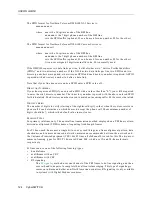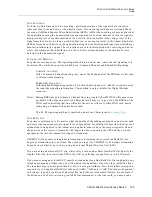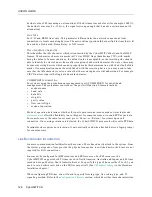
C
ONFIGURATION
T
OOLS
O
VERVIEW
We provide the following configuration tools to set up and/or alter your configuration:
•
CFGEDIT, the configuration utility
•
Manage Mode, the dynamic management utility
CFGEDIT is the comprehensive utility you use to initially set up your system; you may use it later
to make configuration changes as well. However, CFGEDIT is NOT dynamic. This means you will
have to interrupt normal system operations in order to update configuration files. (You may do so
by either rebooting, or issuing the
restart
command).
Manage Mode provides a real-time management mechanism that allows you to change the
configuration, without interrupting the current execution state of the system software. But, because
it is dynamic, Manage Mode does have its limitations. So, when making configuration changes, you
usually need to use a combination of both of these two tools.
You may only have one CFGEDIT or Dynamic Management session active at a time per system. For
example, if a user is making changes directly to the system using Dynamic Management, and then
a second person at a different location using Telnet attempts changes, access will be denied to the
second person.
With two exceptions, it is possible to completely configure your system using CFGEDIT. The
exceptions are:
1.
TFTP configuration
2.
file attributes configuration
These two elements can only be configured using Manage Mode.
CFGEDIT
CFGEDIT is a menu-driven utility. It consists of multiple, detailed submenus which allow you to
set up or change configuration parameters. To better understand the structure of CFGEDIT, refer
to the
CFGEDIT Map
.
CFGEDIT allows you to configure your system while the system software is still executing. These
configuration changes are saved in a temporary copy of configuration data. At a convenient time,
you may then reboot the system to make these changes permanent.

